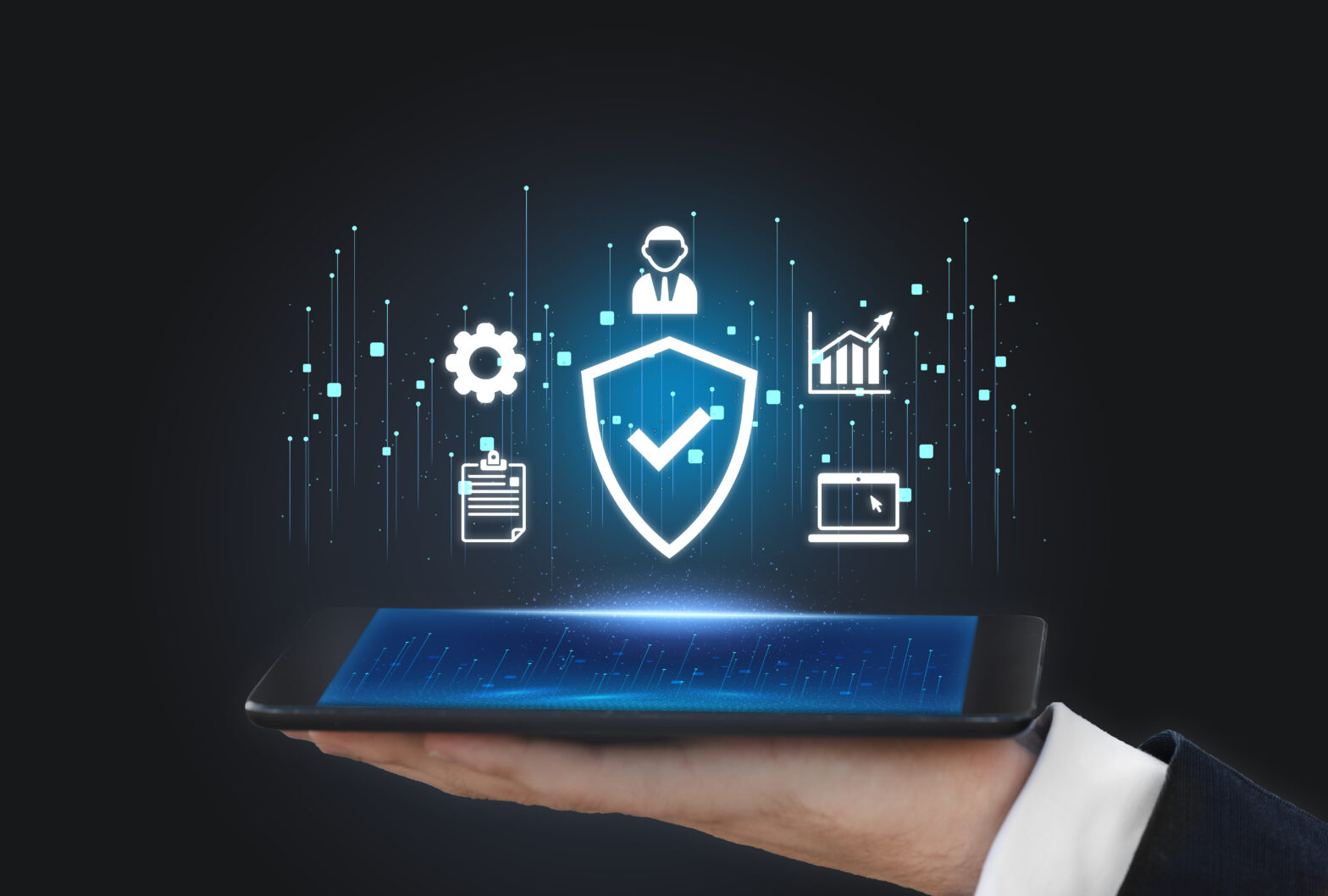
Indeed, in today’s digital landscape, the significance of cybersecurity and cyber resilience cannot be overstated. With businesses worldwide contending with rising cybersecurity costs, it’s crucial for them to navigate the complexities of establishing efficient cybersecurity ecosystems. This article aims to offer insights gleaned from over 28 years of experience and discussions with industry leaders, guiding organizations in maximizing return on investment (ROI) through strategic cybersecurity initiatives.
As governments and businesses increasingly rely on digital infrastructure, they face a dual challenge: while the digital realm presents opportunities, it also exposes them to growing cyber threats. These threats can manifest in various forms, including financial losses, intellectual property theft, operational disruptions, and reputational harm. Consequently, companies are investing heavily in advanced security solutions, underscoring the critical importance of prioritizing cyber resilience in today’s digital age.
Cybersecurity Economics is a complex field. The high-level analysis of essential elements, including cybersecurity market analysis, investment trends, impacts of digital transformation, cyber incident costs, regulatory compliance, and the importance of cyber insurance, provides organisations with valuable insights to consider in their cybersecurity planning process. It’s important to note that there is NO one-size-fits-all approach to cybersecurity- organizations must balance investment in advanced security measures with long-term financial stability. The optimal level of investment in cybersecurity can vary greatly depending on the organization’s size, industry, regulatory environment, and specific risk profile. Therefore, this necessitates a strategic approach that harmonizes the demand for a robust cybersecurity setup with the business’ operational efficiency, risk appetite, and growth trajectory.
There are several essential elements of a sustainable cybersecurity economy – that represent unique challenges and opportunities for businesses across sectors:
To effectively address the challenges posed by cyber threats, organizations need to adopt a holistic approach to cybersecurity that encompasses people, processes, and technology. This includes:
However, it is important to note that more controls don’t necessarily equate to more security. It’s about having the right controls in place. Most cybersecurity operating models and practices in the industry, such as those listed below, ensure that resources are allocated effectively, improving security while managing costs. It is worth mentioning that “best practice” is a broad term; thus, what worked with other organizations might not work with you. Therefore, an organization’s CISO/CRO/CxO should play an essential role in determining the most appropriate operating model based on the risk, sector, regulatory, and budget dynamics:
While choosing the correct cyber operating model for the business, there are 3 key factors CISO/CRO/CxO should be mindful of:
Cybersecurity and recruitment challenges: Organizations can invest in employee training to enhance skills and awareness. However, upon designing the operating model, it’s always recommended to consider balancing the insource vs. what to outsource, or sometimes a hybrid model might fit the organization; the objective here is maximum ROI and ROV of the cybersecurity investment.
Cybersecurity Assurance/Risk Assessments of Third-Party Vendors: A comprehensive third-party security risk assessment helps reduce risk. It involves on-site audits, data integrity testing, Penetration testing, and vulnerability scans, among other things.
Future-Proofing Security: Adaptable and scalable cybersecurity strategies are essential for future-proofing security defense against evolving threats. Organizations should invest in flexible solutions and agile methodologies that adapt to changing business requirements and threat landscapes.

Another key element to making more informed and data-driven cybersecurity decisions is calculating ROSI: Return on Security Investments (ROSI) helps organizations measure the effectiveness of their cybersecurity investments. By analyzing the Cyber Risk Quantification (CRQ) model – cost savings and risk reduction achieved through security measures, organizations can make data-driven decisions to optimize their cybersecurity budget. According to a study by the US Based Institute, organizations that invest in security automation – such as AI cyber technologies – achieve an average ROSI of 23%, compared to 9% for organizations that do not. Additionally, with the right CRQ modeling with continuous monitoring – every dollar invested into cybersecurity can result in a potential 2.25x of business cost savings for the organization.
Conclusion:
The cybersecurity economy is not only about investing more funds into cybersecurity but also about investing wisely based on a thorough understanding of an organization’s business risk profile and core strategic objectives. It’s about making informed decisions that provide the best value and return on investment in terms of protecting businesses and individuals from cyber threats and their financial/reputational implications. Organizations can implement comprehensive cybersecurity solutions by leveraging cybersecurity expertise and collaborating with top-tier cybersecurity providers. By embracing these principles, organizations can build a robust cybersecurity setup that not only protects against threats but also contributes to long-term business growth and success.
Bharat Raigangar
C|CISO CRISC CFAP CIA CISA CISM CFE CICA CDAP IS27K-LA MLRO CGEIT
Board Advisor, 1CxO, vCISO CyberSecurist & Mentor
About Me:
Bharat is a highly accomplished Cybersecurist & Fraud Management leader with over 28 years of experience, having held leadership roles in multinational ventures in the Technology and BFSI sectors. As a strategic advisor and CxO, he has deep expertise in deploying business cybersecurity, risk, fraud and compliance frameworks.
Bharat has a proven track record of managing large-scale missions to monitor threats, incidents, and responses on digital frameworks. He has developed technical, management, and administrative solutions to mitigate risks and ensure business continuity. He is also an expert in governance, audit, and assurance, having designed, implemented, and monitored control frameworks to ensure compliance with various regulations.
In addition to his professional expertise, Bharat has led procurement, vendor and contract management, M&A, and third-party assurance services. He is also an SME in fraud management ESG Compliance and business resilience management as well have associated with developing the Start-up echo system and M&A
Bharat holds several industry certifications, including CRISC, CGEIT, CFE, CISM, CISA, CICA, CFAP, CIA, COBIT, ITIL, and ISO 2×000, and is a BCM Practitioner.
In his spare time, Bharat enjoys listening to retro tunes and classic melodies, plays cricket & golf and embraces the one-with-nature mindset.
"*" indicates required fields